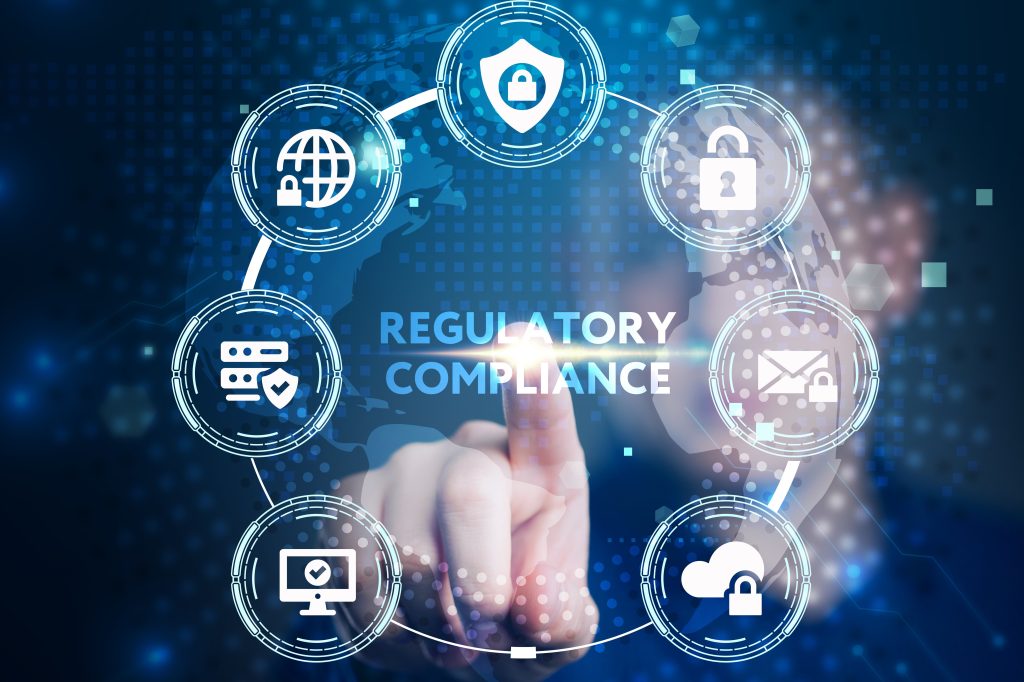
- Aligning compliance, security, and business goals is essential lessens competition for resources among all three areas.
- Challenges include balancing strict compliance with business flexibility, adapting to evolving regulations, and ensuring department collaboration.
- Strategies for alignment include cultivating a shared vision, leveraging technology, fostering continuous improvement, and integrating compliance into daily processes.
In today’s complex business environment, achieving synergy between compliance, security, and business goals is crucial for organizational success. Compliance frameworks provide the regulatory guardrails that ensure operations run within legal boundaries while robust security measures protect assets, intellectual property, and customer data. Simultaneously, aligning these elements with business goals helps guide strategic decisions, ensuring that security and compliance efforts directly contribute to achieving the organization’s objectives.
This alignment is important because it can foster a culture of accountability, where all employees understand their role in upholding compliance standards and maintaining security measures. This approach enhances the organization’s reputation and stakeholder confidence, optimizes resource allocation, and streamlines processes. By identifying overlaps between compliance, security, and business goals, organizations can eliminate redundancies, reduce costs, and accelerate decision-making, supporting faster responses to opportunities and threats.
However, aligning these areas is not without challenges. The tension between strict compliance requirements, which can limit business flexibility, and the need for security measures that sometimes hinder operations creates a complex balancing act. Overcoming these challenges requires a multifaceted approach, including fostering cross-departmental collaboration, prioritizing risk management, and integrating security into business processes.
Key strategies to achieve this alignment include cultivating a shared vision across the organization, embracing governance, risk, and compliance (GRC) frameworks, leveraging automation and technology to streamline compliance and security efforts, and fostering a culture of continuous improvement. It’s also essential to engage leadership in supporting a culture prioritizing security and compliance as part of the business’s core values.
Technology plays a pivotal role in aligning compliance, security, and business goals in the digital age. Tools like compliance management systems automate the monitoring of regulatory requirements, while advanced threat detection technologies enhance security postures. Business intelligence platforms provide valuable insights enabling data-driven decision-making, helping organizations optimize their strategies to align with compliance and security needs.
Best practices for integrating these elements include establishing cross-functional governance structures, adopting integrated risk management frameworks, promoting collaboration, and leveraging automation to reduce manual effort. Regular monitoring and assessment and continuous improvement initiatives ensure that the organization remains aligned with its goals while adapting to new challenges.
Real-world examples demonstrate the benefits of this alignment, such as financial institutions and healthcare organizations that have integrated compliance and security into their business strategies, leading to stronger security measures, increased customer trust, and business growth..


Leave a Reply
You must be logged in to post a comment.